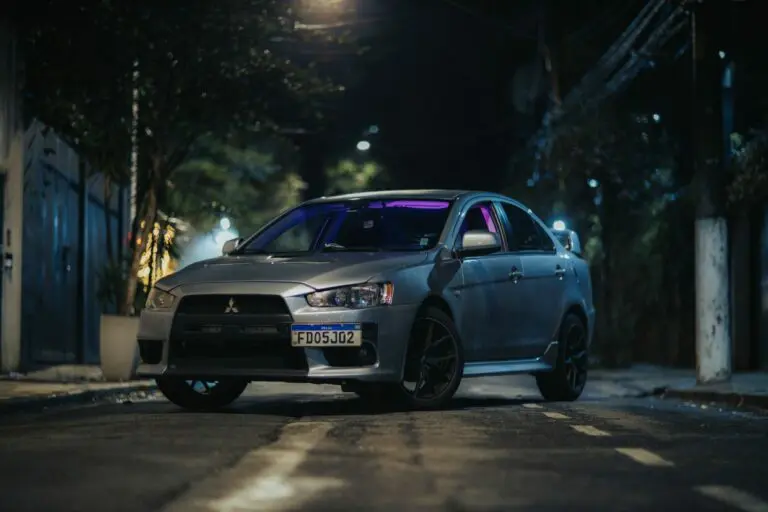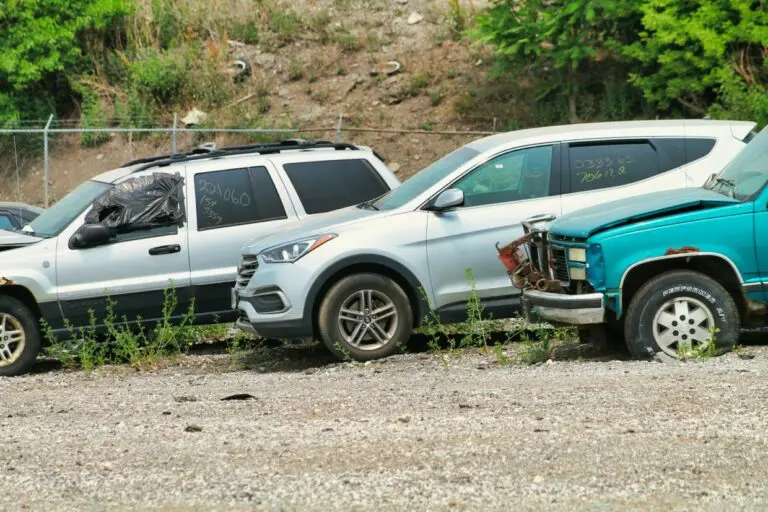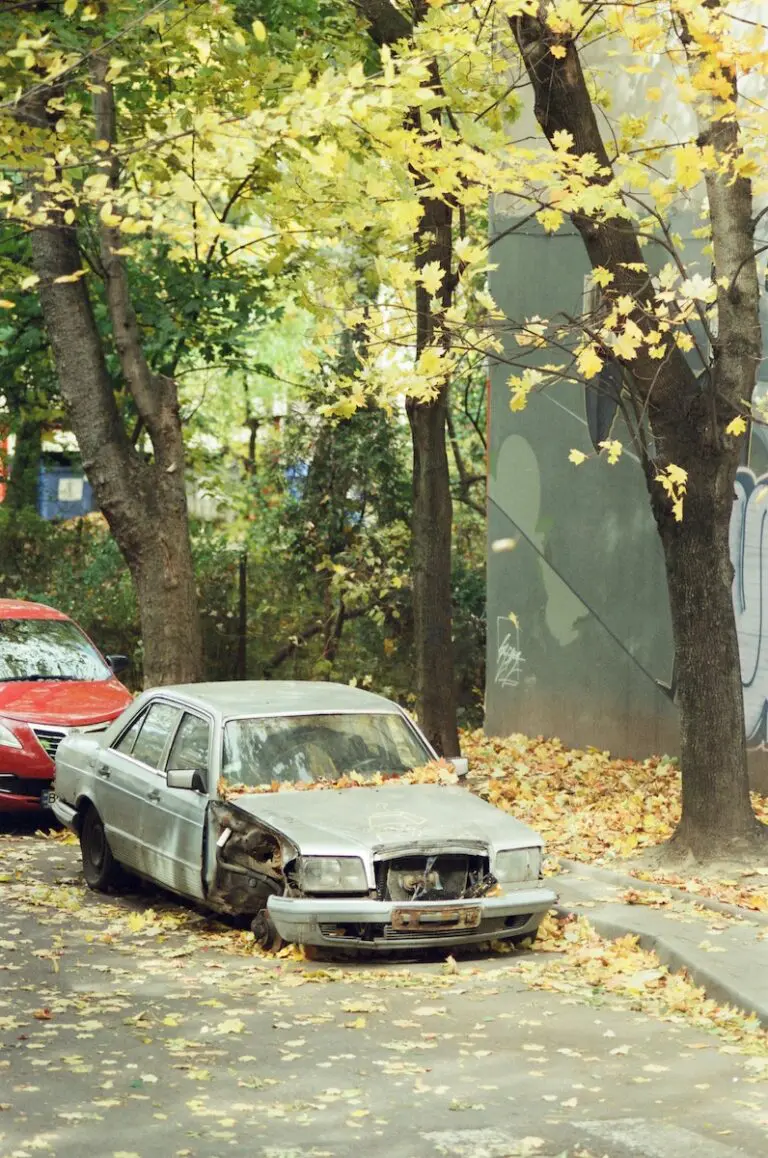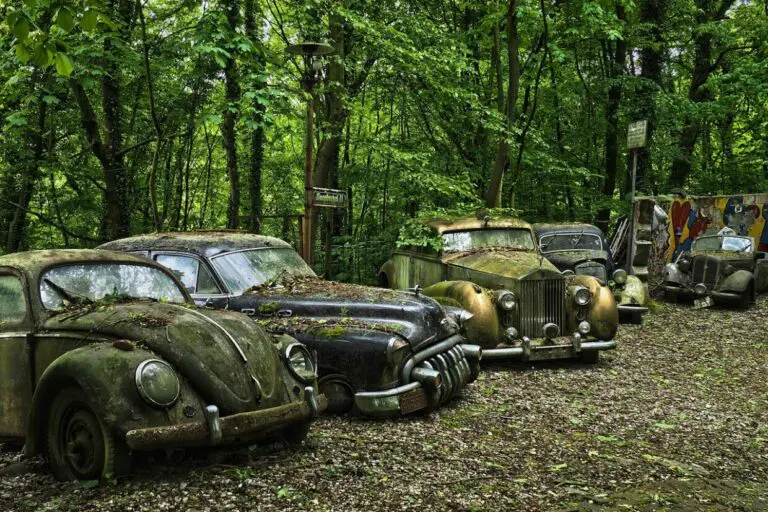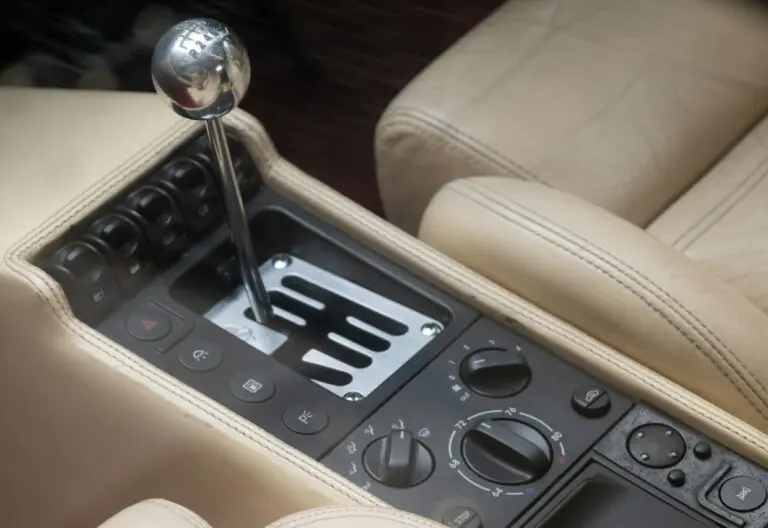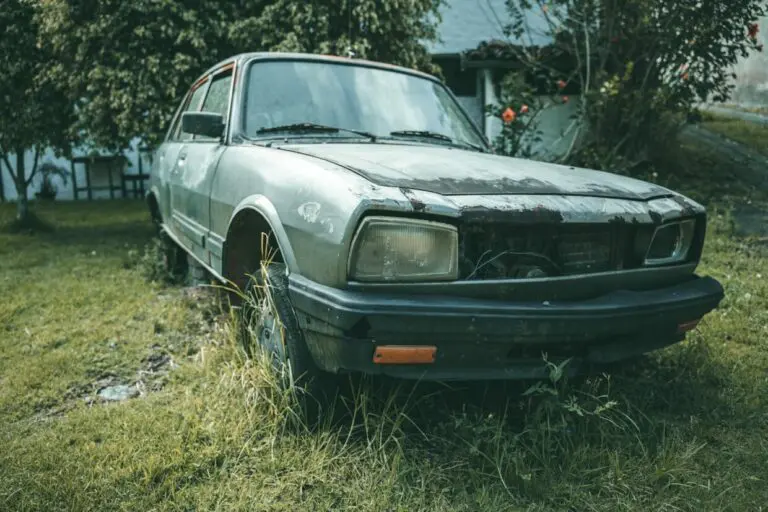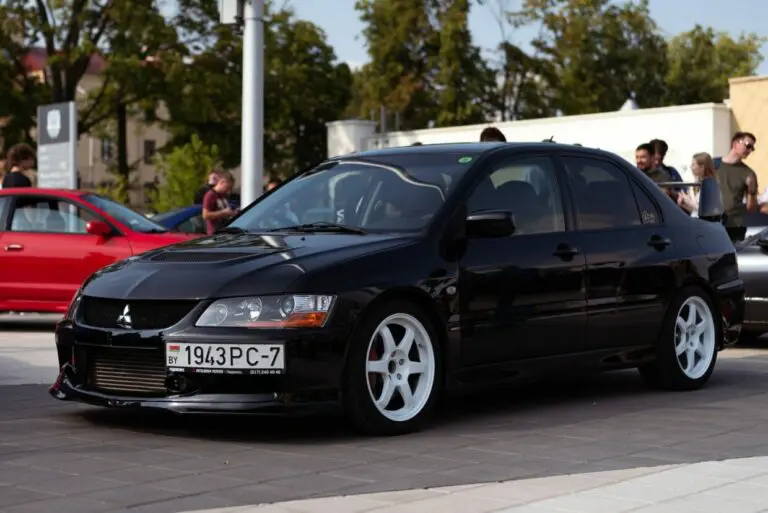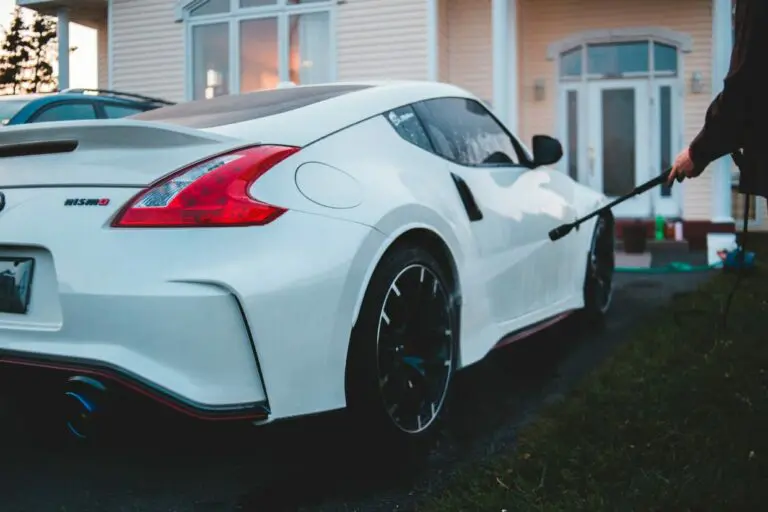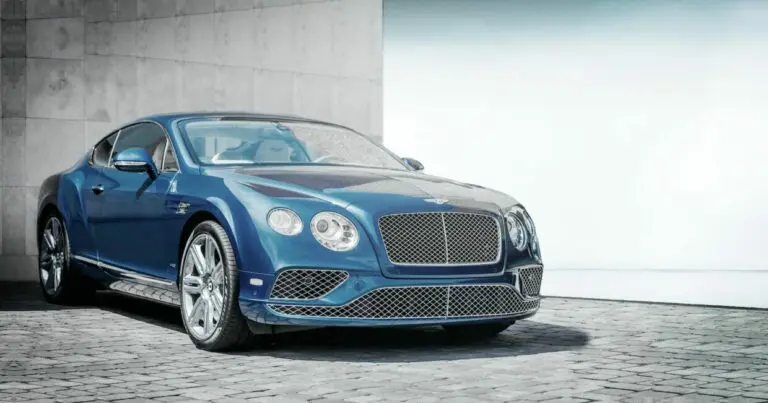Introduction
Welcome to our guide on troubleshooting a car that won’t start. In this post, we’ll be going over some common causes of a car that won’t start and providing solutions for each. Before we begin, we want to remind you that working on a car can be dangerous and we recommend consulting a professional if you are unsure about any steps.
Battery
One of the most common causes of a car that won’t start is a dead battery. To check if this is the issue, try turning on the headlights. If they are dim or don’t turn on at all, the battery is likely dead and needs to be replaced. To jumpstart the car, use jumper cables and another vehicle. Make sure the cars are not touching and the engines are off before connecting the cables.
Ignition
Another common cause of a car not starting is an issue with the ignition. This can be caused by a faulty starter or a problem with the ignition switch. To check if this is the issue, try turning the key in the ignition while someone else turns on the headlights. If the headlights flicker, the starter is likely the issue. If they don’t flicker, the ignition switch is likely the problem and will need to be replaced.
Fuel
If the car won’t start and the battery and ignition are both fine, it could be an issue with the fuel system. This can be caused by a variety of issues, such as a clogged fuel filter or a problem with the fuel pump. To check if this is the issue, turn the key in the ignition and listen for the sound of the fuel pump. If you don’t hear it, the fuel pump is likely the issue.
Spark Plugs
Another common cause of a car not starting is worn or fouled spark plugs. Spark plugs are responsible for providing the spark that ignites the fuel in the engine. To check if this is the issue, remove the spark plugs and inspect them for wear or damage. If they look worn, they will need to be replaced.
Alternator
The alternator is responsible for keeping the battery charged and providing power to the car’s electrical system. If the alternator is failing, the car may not start or may stall while driving. To check if this is the issue, use a multimeter to test the voltage output of the alternator. If it is not producing enough voltage, it will need to be replaced.
Conclusion
We hope that this guide has been helpful in troubleshooting your car that won’t start. Remember to always consult a professional if you are unsure about any steps and to take all necessary precautions when working on your car. Thanks for reading and we wish you the best of luck with your car troubles!


